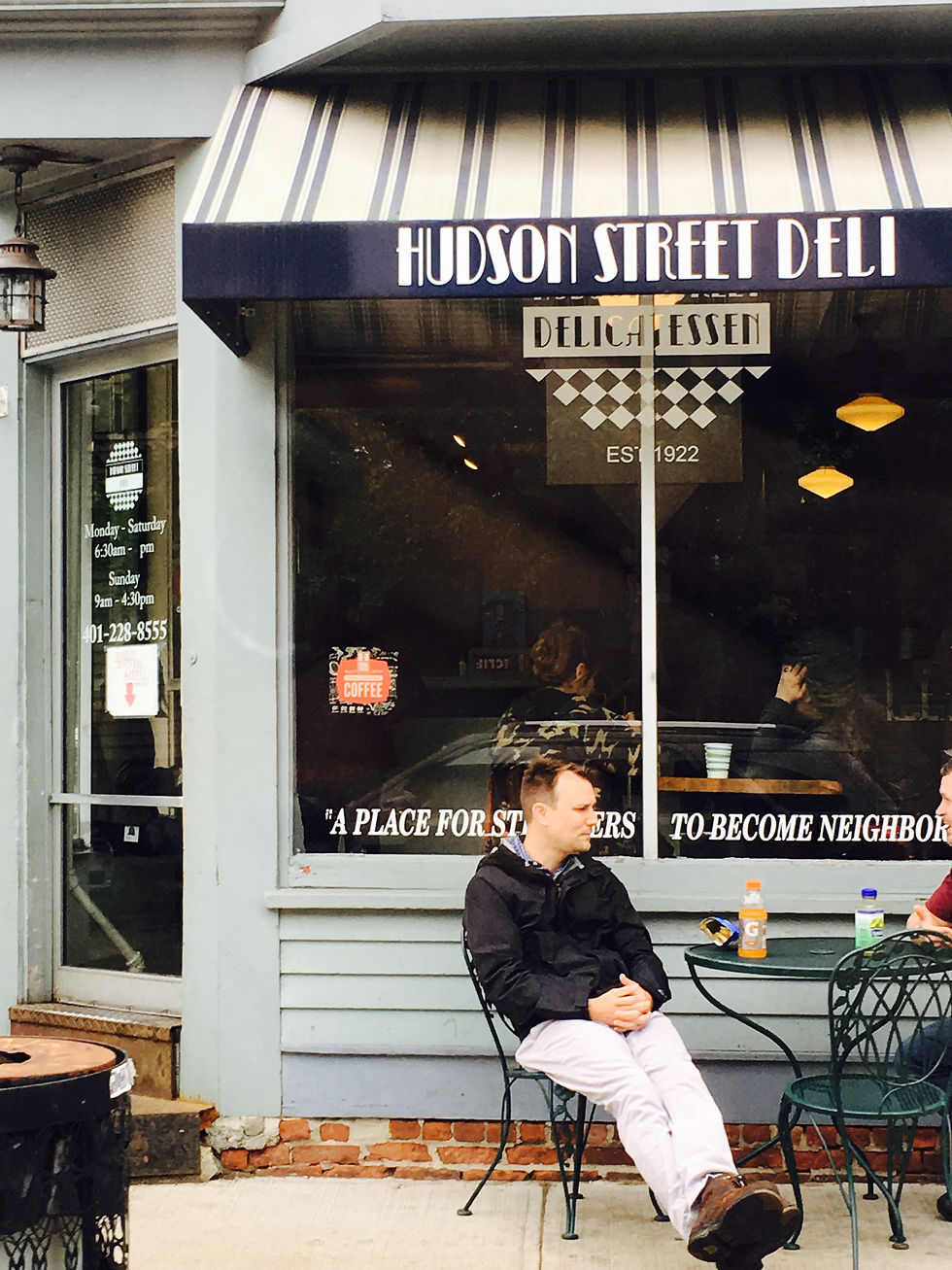Fish Are Friends Not Food
- Anne Capozzoli ('20)
- Jun 8, 2017
- 3 min read
Welcome fellow fish lovers,
Our first order of business is to introduce the Summer 2017 Weicksel Lab crew. We welcome back Anne Capozzoli ('20), and wave our fins at new members Vasilios Fokaidis ('19) and Jonathon Volpe ('19).

From left to right: Jon Volpe, Vasili Fokaidis, Anne Capozzoli
A Quick Summary:
In the Weicksel Lab, we research zebrafish (Danio rerio). Zebrafish are tropical freshwater fish and a great model organism to use in research. The zebrafish embryos develop outside their mother, so it is easy to watch them grow and develop. Specifically, our research focuses on the hoxba and hoxbb clusters of genes. The interactions between these gene clusters gives insight into the embryonic development of the hindbrain, which will help us understand hindbrain development in metazoans . We hope to be able to use what we observe in the fish, and apply it to hindbrain and brain disorders in humans, like ataxia and autism.
Weekly Updates:
This week was the third week that the Summer 2017 Group has met. We will be here for a total of 10 weeks due to our funding through the Walsh Fellowship. We have been continuing to test primers, run gels, design new primers for 3C, learn new techniques, and read papers.
Week 3 brought more fish matings. We collected embryos on Tuesday, waited until they were four hours post fertilization (4hpf), and fixed them using formaldehyde and glycine so that we can use the chromosome conformation capture (3C) technique to create chromatin libraries. 3C helps us identify chromatin loops in the DNA using quantitative-PCR (q-PCR). The chromatin loops are important for understanding how genes are regulated within the zebrafish genome. Understanding gene regulation at the looping sites is important for our knowledge of hindbrain development, which will hopefully allow us to understand brain disorders in humans.

On Wednesday, The morning was filled with cleaning a lot of tanks and patiently awaiting the arrival of chemicals, which sadly did not arrive. We spent time discussing our protocols and techniques, and began to design a poster for our presentation. The lab took a lunch outing to Hudson Street Deli for team bonding, where we ate delicious sandwiches and learned that Vasili was not the best navigator.
Thursday, not only brought fish matings and embryo collection, it also involved trying out gel extraction. Gel extraction is used to isolate DNA from an agarose gel. We want the DNA from the gel so that we can sequence it and identify what is happening in a PCR band on our gel. For the first part of gel extraction we had to "make" our own gel extraction tubes. This involved sticking a needle through the bottom of a PCR tube and then shoving a small piece of cotton in it, then placing this tube inside of a 1.5 mL Eppendorf tube. We then had to prepare a 1% agarose gel, in which we loaded the PCR, and let run for about 20 minutes. Next, we sliced up the gel for the little bits that had DNA in it, put it in the little tubes, and let it spin the centrifuge before testing our sample on the nano drop. Luckily our gel extraction worked and we get to send our samples out for sequencing.
Friday, the lab went down to Yale for a "fish talk" and to pick up some (cleaner) tanks. More to come about Yale in the next blog update!
We hope you enjoyed our first blog! If you have any questions or comments head over to our contact page and email or call. Keep your fins out for our next installment in a week!
Swim By Again Soon,
The Weicksel Lab



















Comments